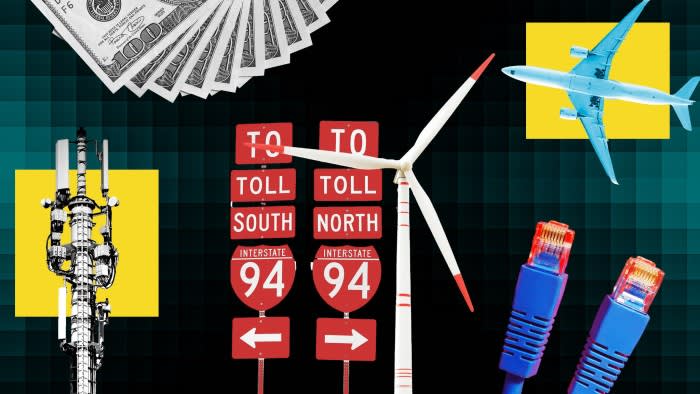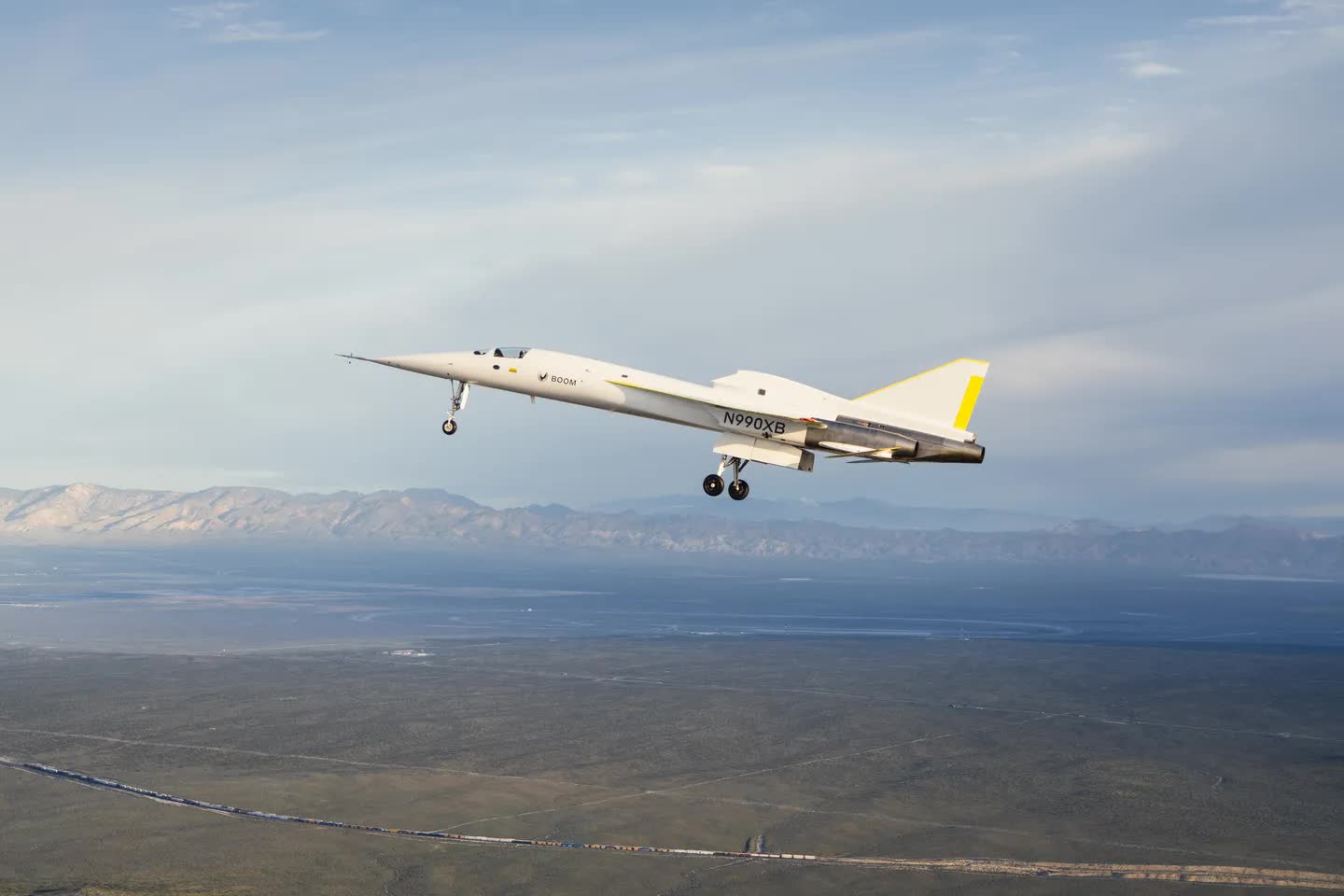- Arvind's Newsletter
- Posts
- Arvind's Newsletter
Arvind's Newsletter
Issue No #1076
1.India rules at top again among EM peers on strong GDP, stock market performance, but Foreign direct investments decline from pandemic highs
Launched in September 2019, Mint’s Emerging Markets Tracker provides a summary of economic activity across 10 large emerging markets based on seven high-frequency indicators. With a composite score of 83, India topped the EM league table in February. The Philippines and Brazil were second and third, respectively.
India topped the chart yet again on the back of strong GDP growth, PMI reading and a recovery in export growth. Stock market performance was also one of the strongest among EM peers.
The Philippines climbed one spot to secure the second rank with decent GDP growth and a relatively better stock market performance.
However, the current financial year will likely close with a lower level of foreign direct investments (FDI) than the previous one.Net inflows were $18.4 billion for the rolling 12-month period ended January 2024, according to data from the Reserve Bank of India (RBI). It was higher at $32.7 billion for the rolling 12-month period ended January 2023.
However, this is in line with a global investment slowdown. Developing countries have been most affected, according to international data.
The services sector, which includes financial, banking, insurance, outsourcing and others, accounted for the highest share of equity inflows in 2023-24 (till December), according to data from the Department for Promotion of Industry and Internal Trade (DPIIT). The sharpest change has been in the construction segment involved in infrastructure activities. The share of this segment in FDI flows has risen to 12 per cent so far this financial year compared to 3.3 per cent seen in the previous one.
2.India to auction Jammu and Kashmir lithium blocks again.
Reuters reports that J&K is auctioning a third tranche after receiving just two bids in round one. The deadline is May 14. A confluence of technical complications and regional tensions are to blame.
Salal-Haimana lithium constitutes hard rock deposits, meaning refining—an industry dominated by China and one where India has no skin in the game—will be even more cost-intensive in a sector where extraction alone takes ~10 years from the time of inference.
Lithium extraction is also water-intensive. The reserves’ proximity to the Line Of Control makes them vulnerable to the Chenab water-sharing dispute between India and Pakistan.
3.Bharat Biotech begins clinical trials of TB vaccine on adults in India
Bharat Biotech International Ltd has initiated clinical trials for the Tuberculosis vaccine Mtbvac on adults in India. Developed by the Spanish biopharmaceutical company Biofabri, Mtbvac is the first TB vaccine derived from a human source.
The vaccine aims to be more effective and longer-lasting than the current BCG vaccine for newborns and to prevent TB in adults and adolescents, for whom there is currently no effective vaccine. The trials are a significant step, especially in a country like India where 28% of world’s TB cases occur.
4.Infrastructure: from investment backwater to a $1tn asset class, reports Antoine Gara in Financial Times
The turbulent years that followed the global financial crisis were not an ideal time for Michael Dorrell and Trent Vichie to be seeding a new infrastructure fund. Potential investors were reluctant to back new funds and they had little appetite for deals that offered less lucrative returns than large buyouts. At many points, it seemed the end was nigh for their nascent venture.
A dozen years later Stonepeak, the New York-based infrastructure-dedicated investment group they created, is a colossus in the private investment world, with $60bn under management.
Companies it controls transport about 10 per cent of the world’s seaborne natural gas, own over 120,000 kilometres of fibre networks and produce enough renewable electricity to power 200,000 households. The group recently drew a $2bn investment from a minority investor that valued it at nearly $15bn, according to people briefed on the matter. Dorrell, the Australian-born dealmaker who fought to keep Stonepeak alive in its early days as its chief executive, is now a billionaire.
Stonepeak’s speedy rise has surprised many on Wall Street, but it is a story shared by a small circle of dealmakers who entered infrastructure investment in the US in the early 2000s.
Adebayo Ogunlesi, for example, who in his days as a top Credit Suisse banker often sat opposite Dorrell and Vichie during negotiations, created Global Infrastructure Partners with the support of the Swiss bank in 2006.
After building up a portfolio of over $100bn, this year Ogunlesi agreed to sell to BlackRock for $12.5bn in a cash-and-shares deal that will make him and his partners the second-largest shareholders of the world’s largest asset manager.
Read on
5.Rest Takes Hard Work
Alex Soojun-Kim Pang, the author of this article in Time magazine says his study of people’s lives over the years has given him a sense of how those who are able to do the work they love for decades have a few things in common.
“For people who have control over their daily schedules layer periods of "deep work," as Cal Newport calls it, and "deliberate rest," time to both recharge and let the creative subconscious examine problems that they haven't been able to solve through hard work. Many great scientists, mathematicians, and composers have daily routines in which they work intensively for a couple hours, take a long break, then work a couple more—and those four or five hours give you enough time to make steady progress on your work, and come up with some new, unexpected ideas.
People in high-stress, unpredictable jobs can't depend on such routines; but the most successful at dealing with the challenges of work rely on two other things: First, they have good boundaries between work and personal time. Second, they have serious hobbies—everything from quilting, to rebuilding classic cars, to running marathons—that are as absorbing as their work. This "deep play" illustrates another important point: the best rest is active, not just passive. We often think of “rest” as involving a bag of salty snacks and a TV remote, but working out or playing piano actually recharges your mental and physical batteries more effectively than binge-watching that hot new show.”
Read on
6.The supersonic jet airliner may make a comeback. There have been no faster-than-sound commercial aircraft since the Concorde was retired in 2003. The economics are difficult because supersonic flight is banned over land in the U.S., thanks to the volume of the sonic boom. But aerodynamic improvements mean that NASA’s X-59 demonstrator jet, scheduled to fly this year, should be much quieter — no louder than a car door slamming 20 feet away, The Washington Post reported. If successful, it is hoped that the ban could be lifted. At least five companies are looking to build their own supersonic airliners, at a much lower economic and environmental cost than the beautiful but gas-guzzling Concorde.
7.A new girl group is the first of its kind from India to break through globally in two decades.
Following the rise of K-pop and J-pop, the world’s most populous country is hoping to turn pop music into its next soft-power cultural export. The four-member group W.i.S.H. racked up millions of views on their debut video and already had “tons of fan pages” within days, one of the members told the BBC. “And that’s when we realized how much India wanted this.” Solo acts from India have reached global audiences in recent years: Punjabi star Diljit Dosanjh performed at Coachella, sang with Ed Sheeran, and collaborated with American rapper Sweetie.
And if you (like me) came late to learn about W.i.S.H and have not yet seen their video Lazeez you can by clicking the link below.
8.Gurcharan Das on why it’s lonely being an Indian liberal (By invitation to The Economist)
I grew up in an India that was a proud liberal democracy saddled with an illiberal, over-regulated economy that micro-managed private enterprise. We called it the Licence Raj. I worked for a company that made Vicks VapoRub. One year there was a flu epidemic and sales of Vicks went through the roof. At the end of the year a summons arrived from the government, claiming my company had broken the law: sales had exceeded the production of Vicks authorised in our licence. It was a criminal offence, we were told.
I was asked to appear at a hearing before a government official. I explained that the epidemic had resulted in extra demand; we were only doing our duty, keeping store shelves stocked. But the official pronounced us guilty, declaring that the law would now take its course. As I got up to leave, I asked the official to imagine how our country would look to the world when news broke that our government had punished someone for alleviating the misery of millions during an epidemic.
In the end, the government quietly dropped the case. But I abandoned socialism to become a classical liberal and joined the liberal Swatantra Party. Liberalism offered me a philosophy that champions human progress that does not expect it to come solely from the state. I learned to believe in the liberal virtues of openness, mutual respect and tolerance of others’ views.
India had to wait until the liberalisation of 1991 to win its economic freedom, after sacrificing two generations to missed opportunities. I wrote a book, “India Unbound”, predicting the rise of India based on the reforms. India obliged by becoming the world’s second-fastest-growing large economy, expanding at an average annual rate of almost 6% over the next 30 years, lifting 400m people out of poverty and expanding the middle class from 10% to 30% of the population.
But just when everything seemed to be going well, democracy began to weaken. The past decade has seen the rise of identity politics, majoritarianism, Hindu nationalism and Islamophobia. Critics are being silenced and discourse on social media has become a weapon of the right. The atmosphere of hate has damaged India’s cherished secular ideal of sarva dharma samabhava, respect for all religions. Although there has been no communal riot on the same scale as those in Gujarat in 2002 or in Delhi in 1984, there have been many localised incidents of violence, not least against Muslims suspected of selling beef.
Today, Indian liberals like me face a dilemma: not only do we have no one to vote for, but even if we did they would be unelectable. It can feel like a lonely road. I lost my friends on the right when I publicly condemned the riots in Gujarat and criticised the banknote demonetisation in 2016 by the government, led then, as now, by the Bharatiya Janata Party (bjp). I lost my friends on the left when I voted for the bjp in 2014.
Sadly, I am the man in the middle, disappointed with both sides. I cannot vote for the authoritarian, identity politics of the BJP. But I also do not trust the redistributive, populist and statist economics of the opposition Congress party, ever ready to make a false trade-off between growth and equity. Nor do I have much faith in the india alliance of opposition parties that was formed last year with Congress at its centre.
Lamentably, in the past ten years the opposition has not come up with a single new idea to deal with most of India’s biggest issues: jobs, air quality, education and health care. Handing out pocket money to women in Karnataka or free bus rides in Delhi will not cut it. The india alliance is incapable of doing the heavy lifting to take the economy to the next level.
India may have become a fast-growing economy but it has still not created enough jobs. It has failed to create an industrial revolution. Manufacturing accounts for only 17% of GDP and India punches well below its weight when it comes to exports of industrial goods. It needs to find more productive jobs for the 45% of its workers stuck in agriculture.
But how? It will require major reforms, including three that Narendra Modi’s BJP government tried but failed to enact because of the lack of opposition support: simplifying the acquisition of land for industrial purposes; modifying rigid labour laws to give companies flexibility to hire and lay off workers while protecting them from exploitation; and overhauling farm laws to improve productivity. I trust the BJP to execute these reforms far more than the opposition—though the BJP, while a party of modernisation, is not an ideological reformer.
Liberals are partly to blame for this unhappy state of affairs. One reason is that liberalism in India remains an elite enterprise: the rise of Hindu nationalism is partly a revolt against the English-speaking elite. Another reason is that no liberal political leader has had a serious dialogue with tradition. Mahatma Gandhi, alas, died too soon. He had been able to translate the liberal ideas of liberty and equality into the civilisational language of dharma—his moral principles—and thus capture the hearts and minds of the masses.
And yet, despite this gloomy situation, I remain optimistic about liberalism’s future in India. India’s civilisational temper is open, inclusive and liberal. In a land of 330m gods where no god can afford to feel jealous, and where people are argumentative, narrow Hindu nationalism is unlikely to have a long shelf life. Liberalism will win out in the end.






